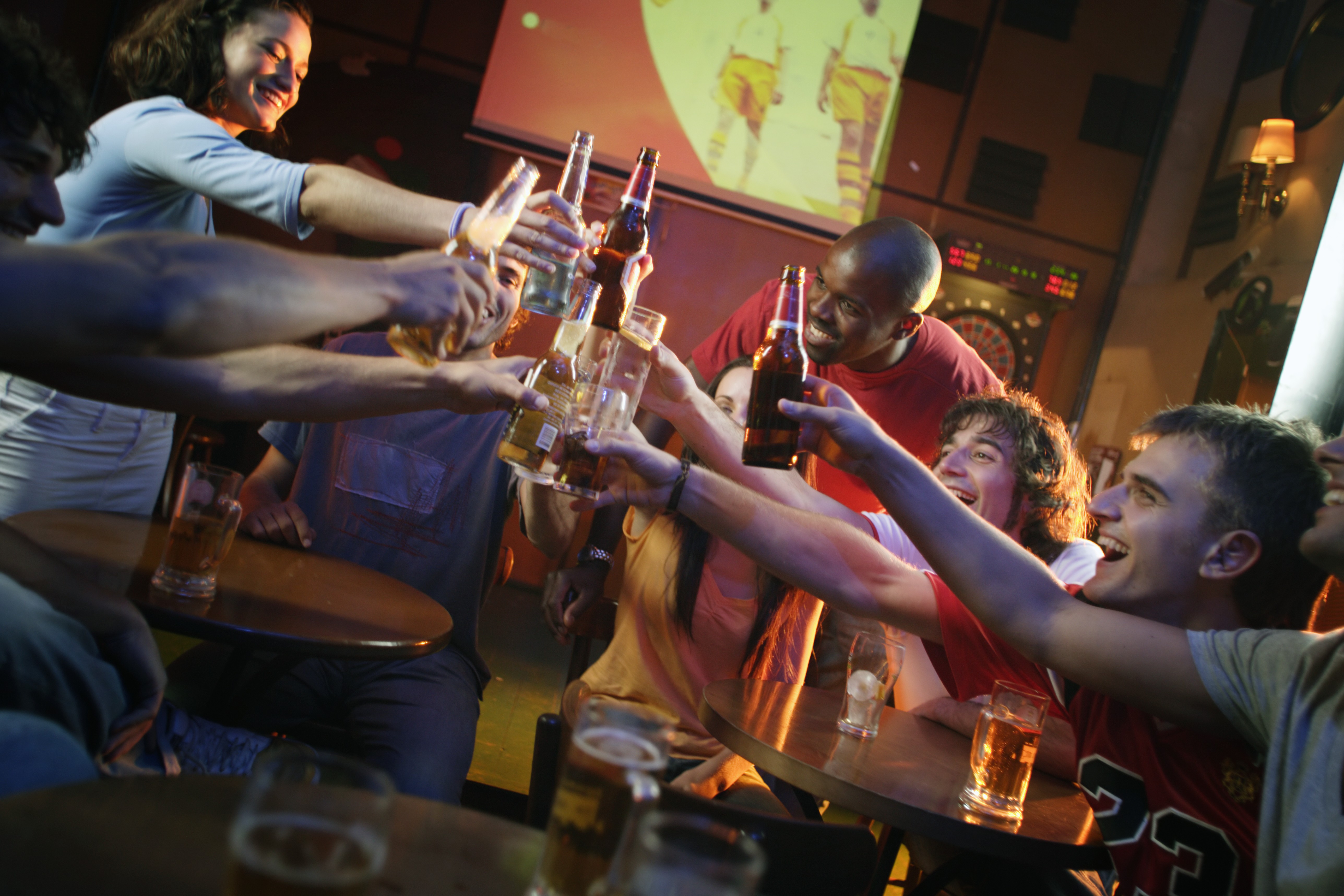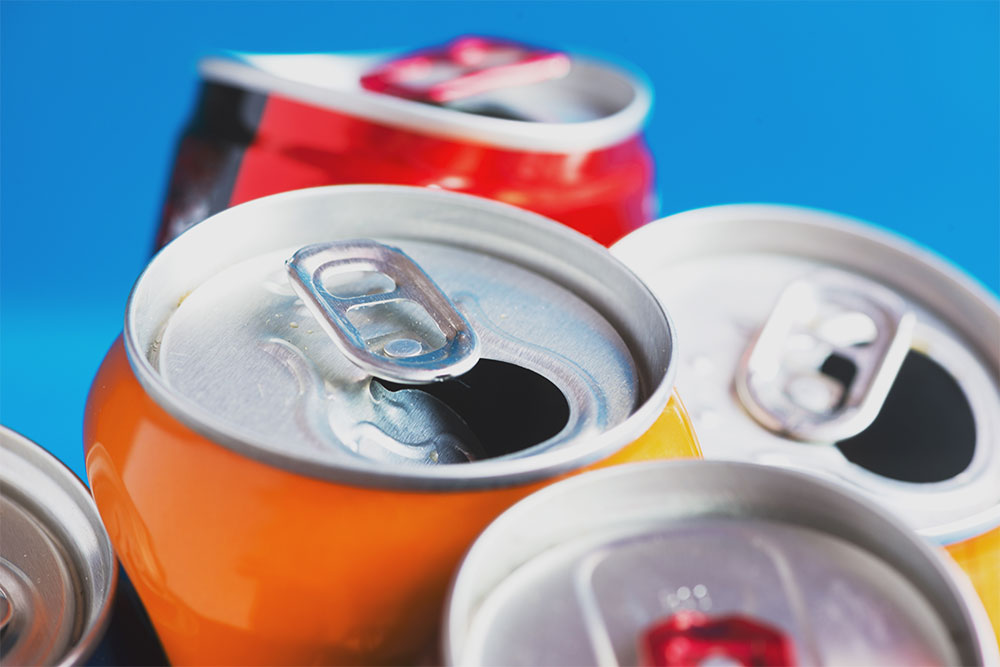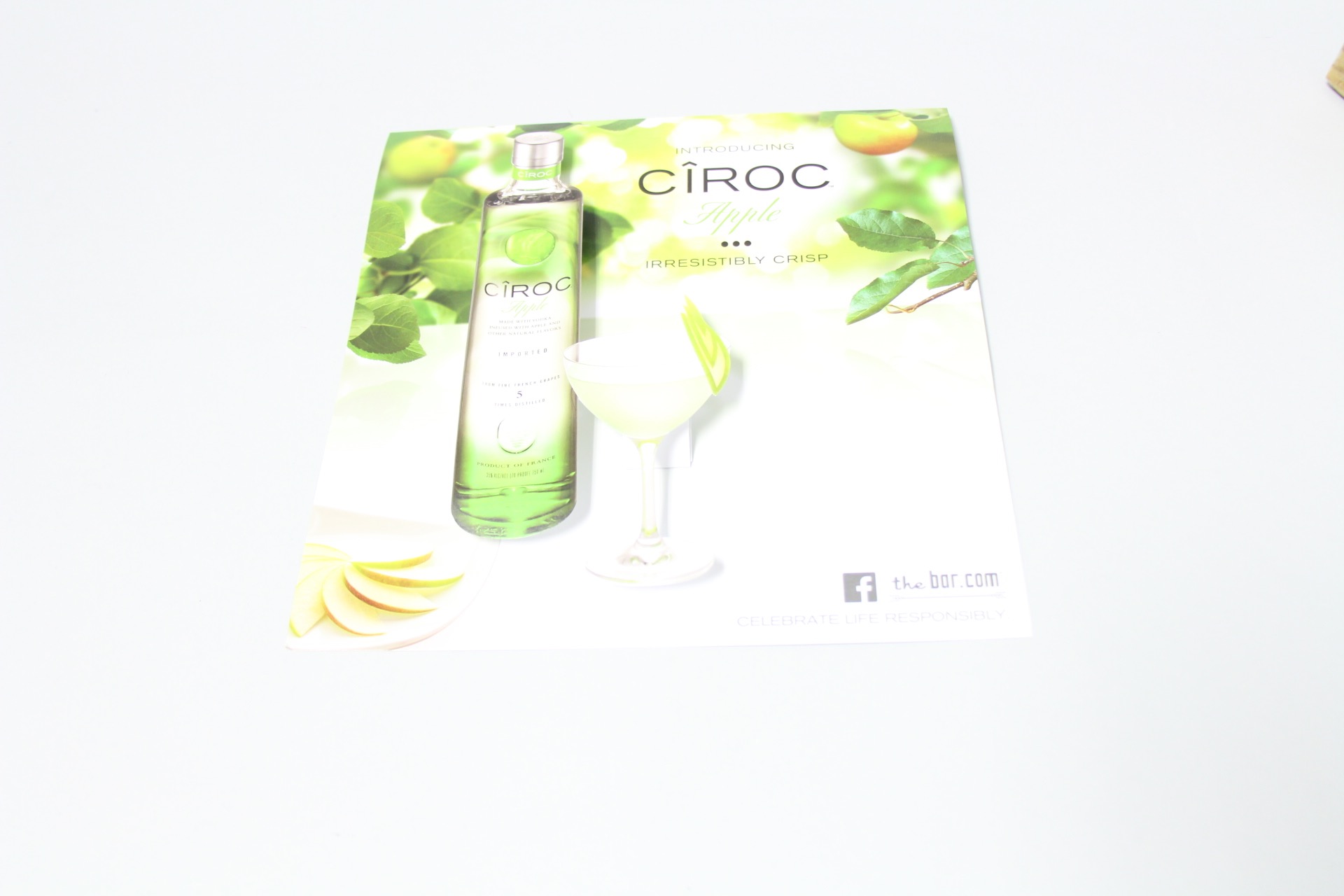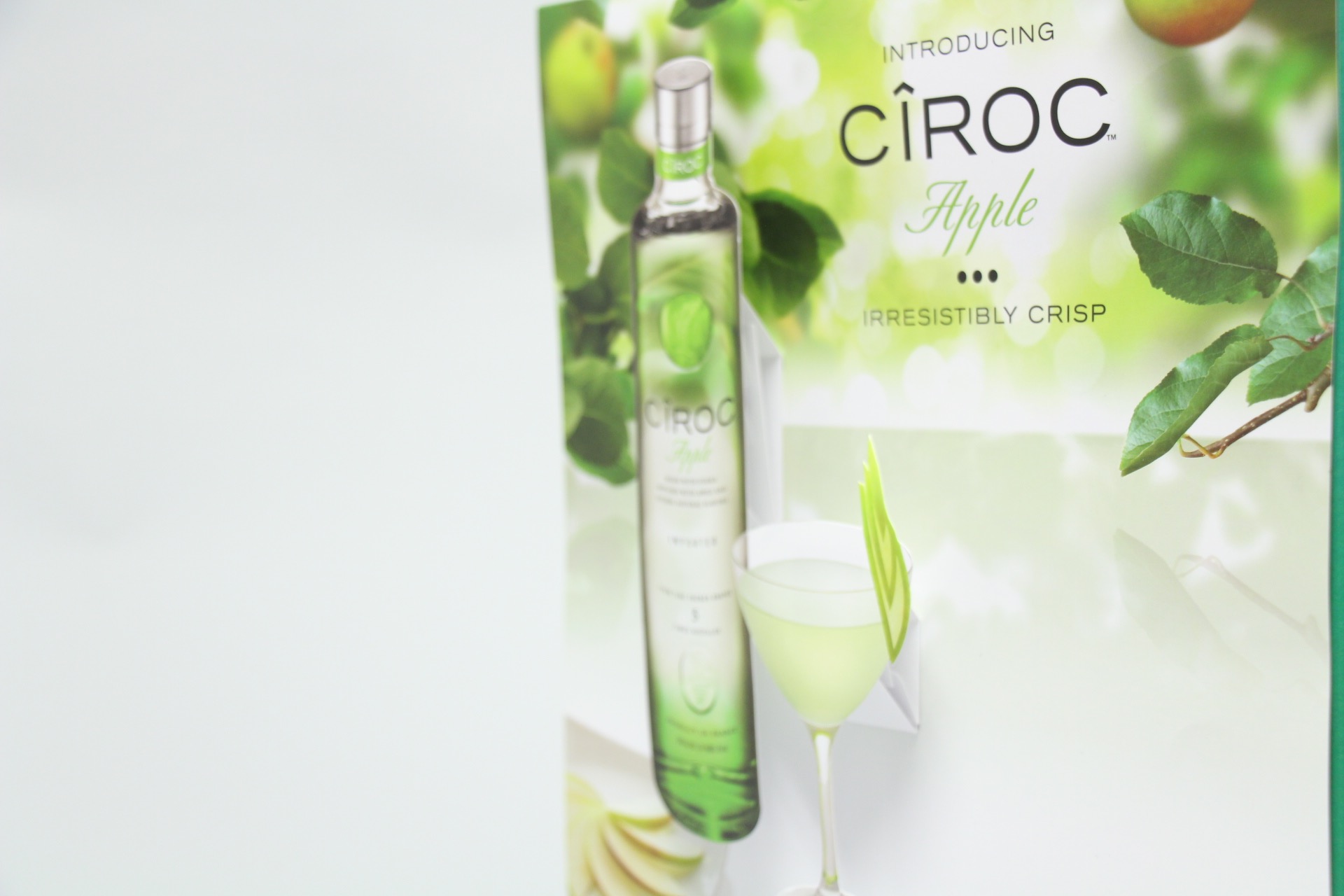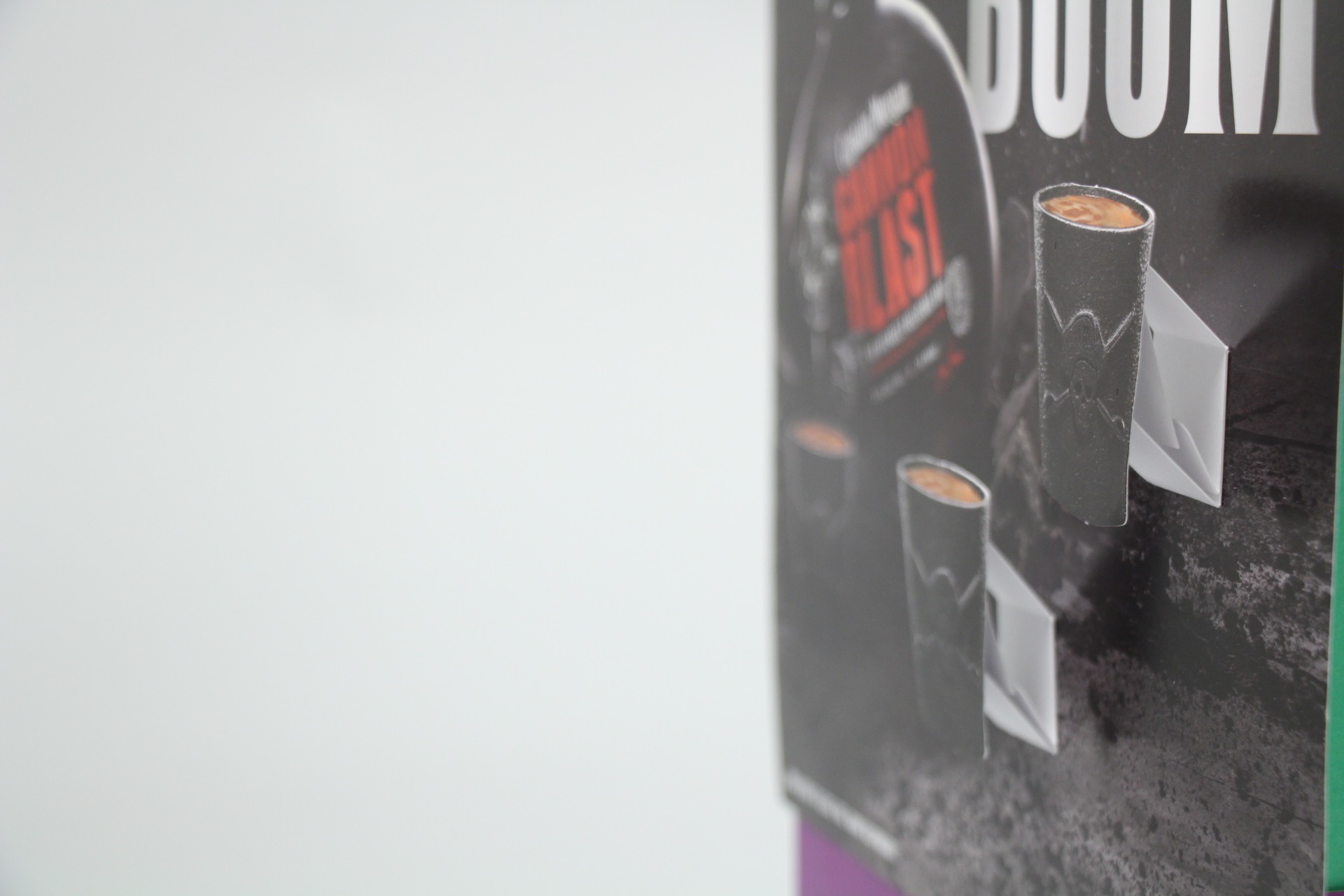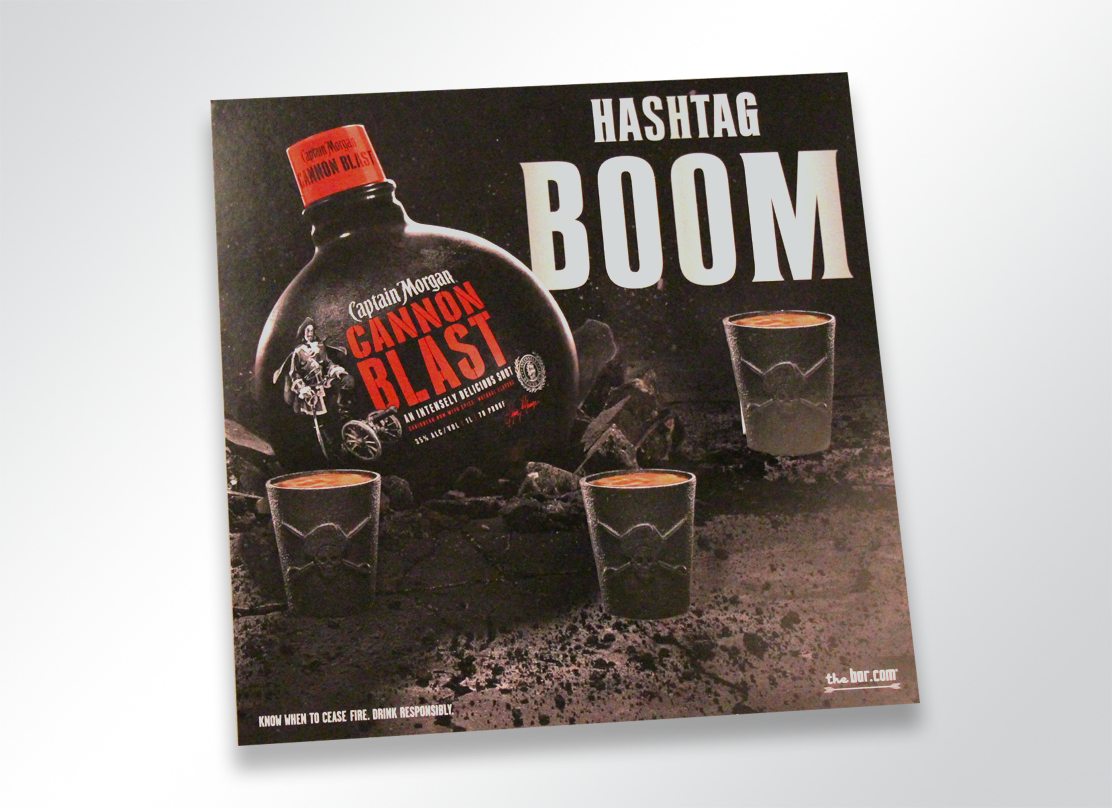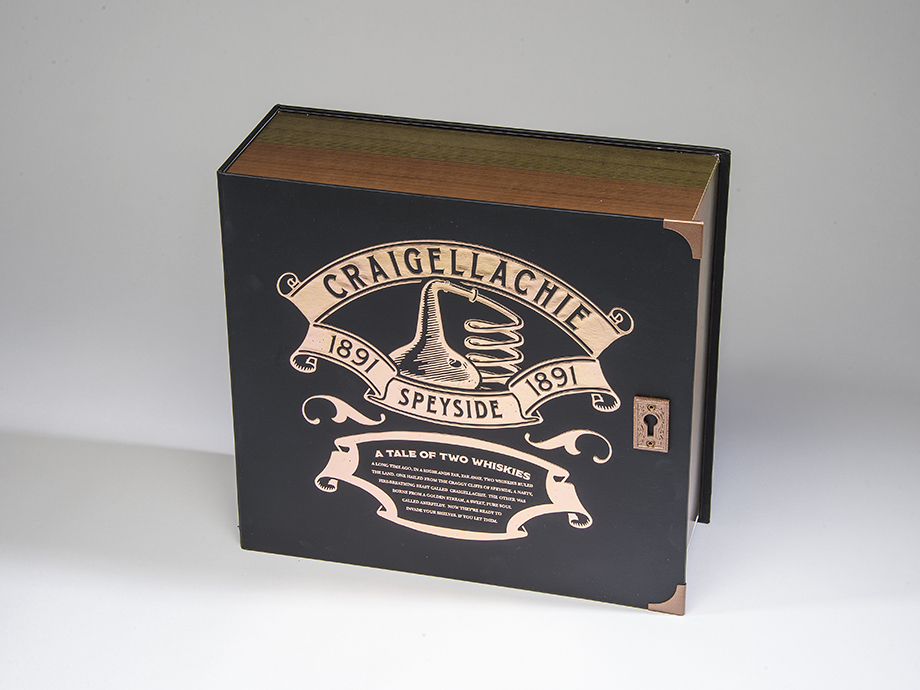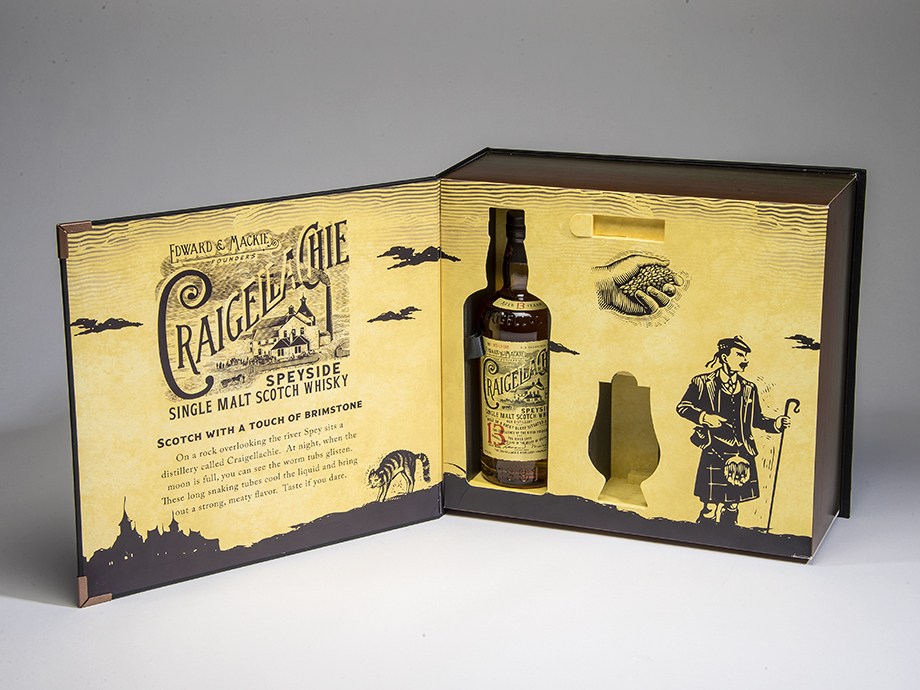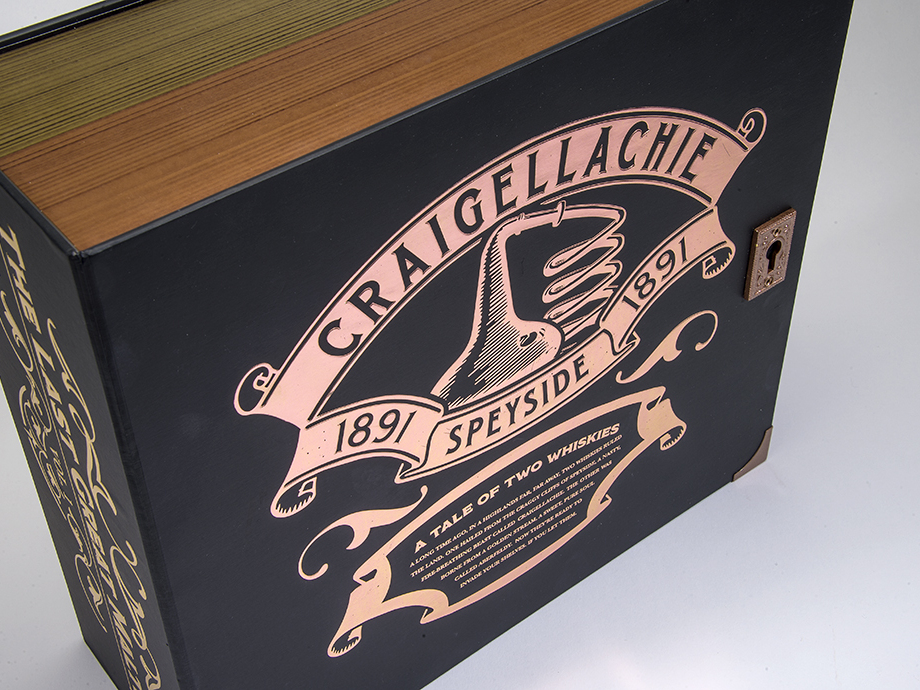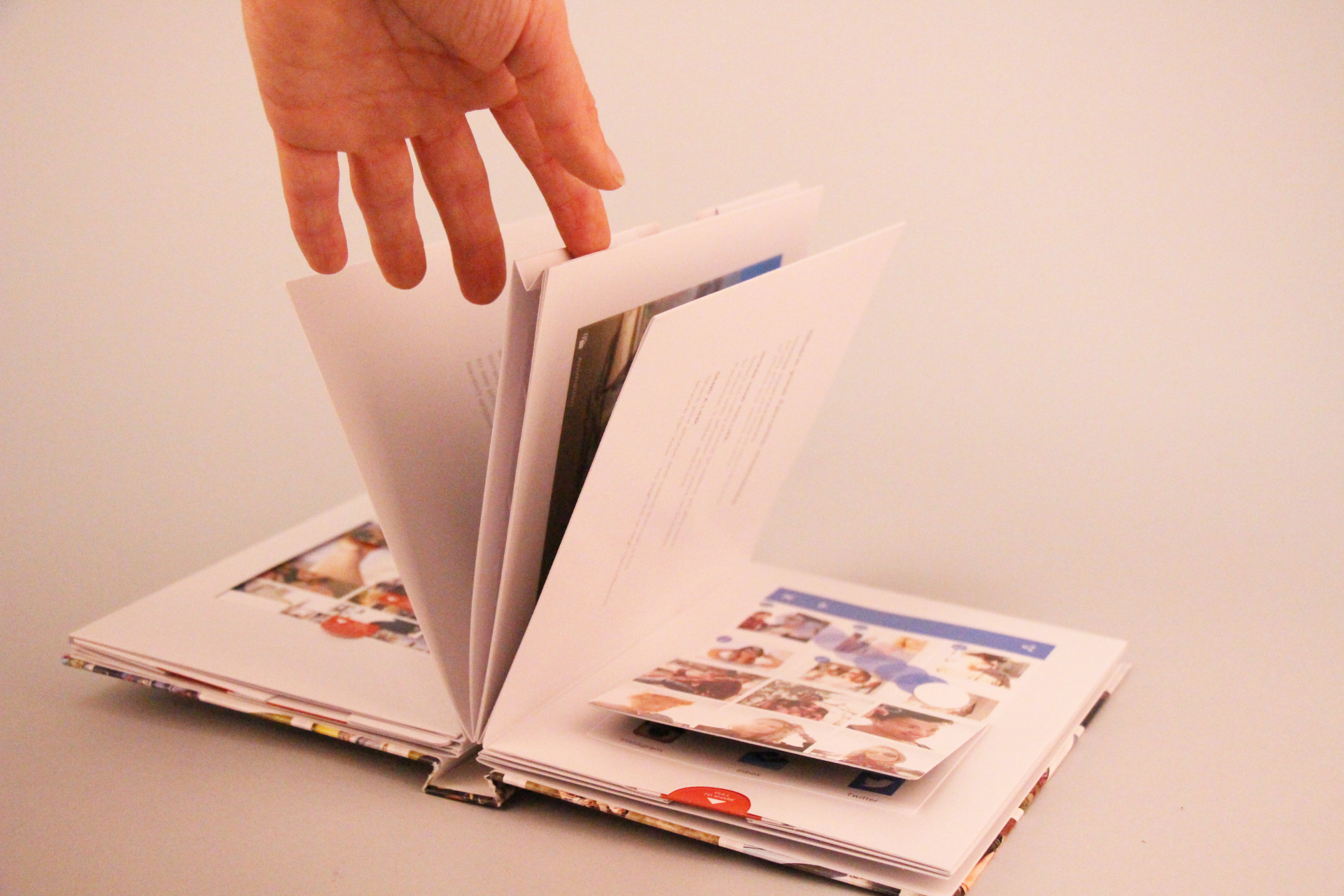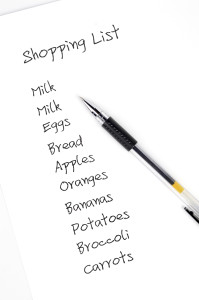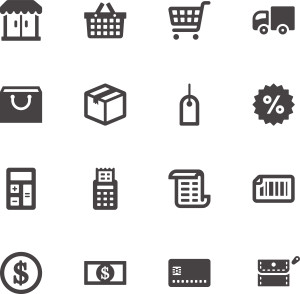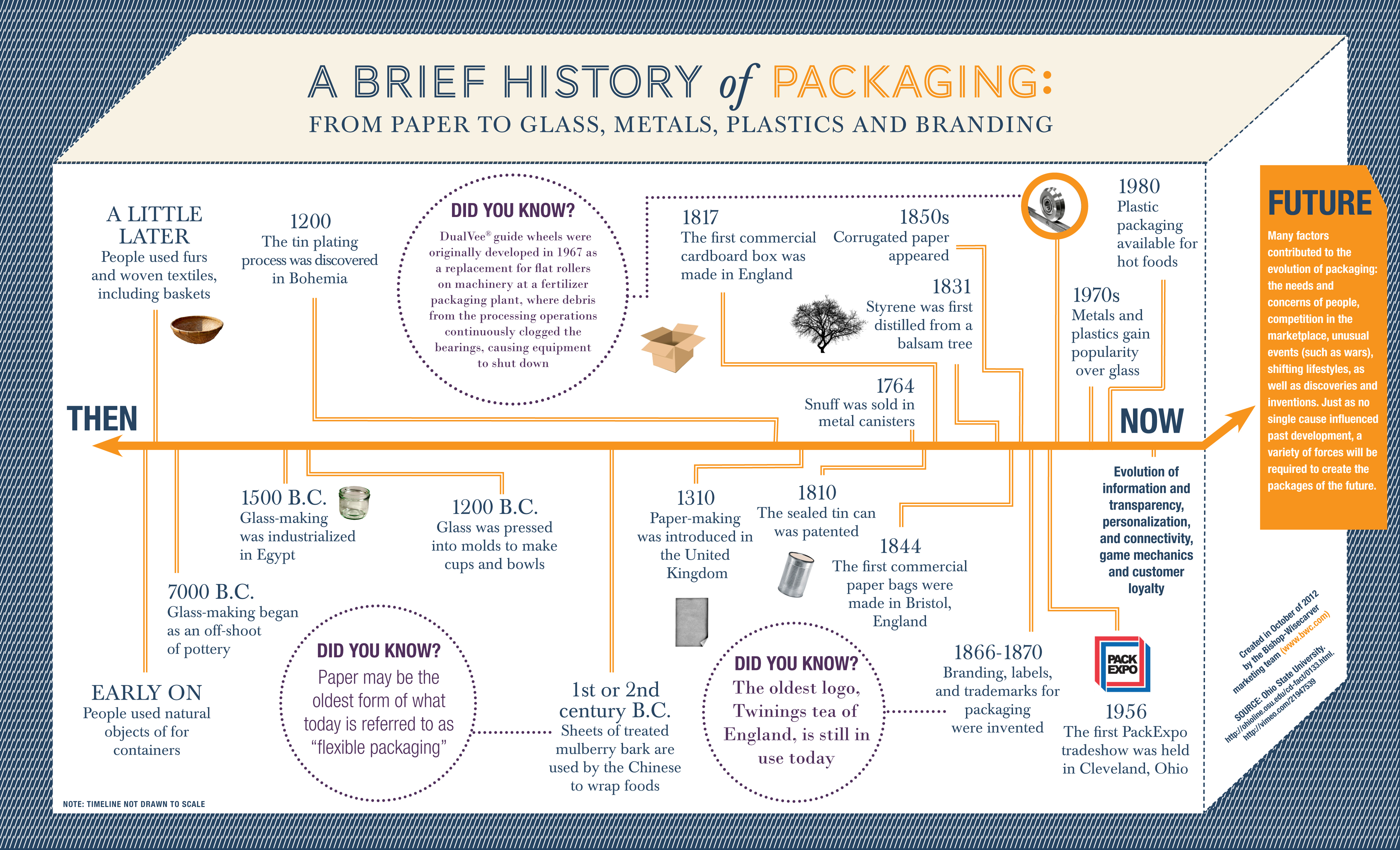Where did January go?
As we continue to execute our 2019 marketing promotions and campaigns, there is no better time to revisit (and rethink!) your business’ print communications. Is your collateral giving people what they want? Does your team have clear priorities spelled out from the beginning?
If you answered “no” to either of these questions, keep reading for some tips on how you can ensure your brand communications aren’t missing any opportunities for business.
- Plan, plan plan. Is your warehouse overflowing with inventory? Or maybe you’re nervous to try dimensional print because of the barriers to entry? It helps to have a clear plan. By starting with the end in mind, you’ll be able to print only what your team needs, thus reducing inventory, waste and long-term costs.
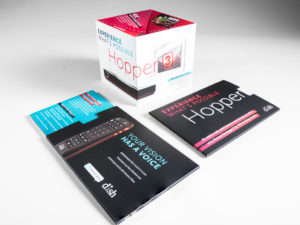
- Get physical. Provide your customers with an immersive and interactive experience when they open your direct mail piece, invitation or campus flyer. More and more, the printing industry is getting increasingly creative with everything from packaging techniques to Virtual Reality. Use services like DX Print Group to delineate clearly the details of projects in your prints. Cut through the noise of overflowing inboxes and standard postcard mailers to not only capture your customers’ attention, but their hearts, too.
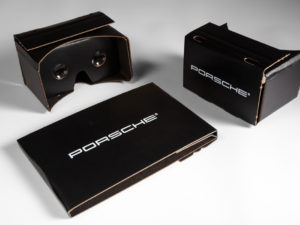
- Don’t ignore the double dippers. These are the folks who receive both paper and digital communications. Statistically, many of these consumers are younger and, though they’re the most likely to go paperless eventually, are still open to the idea of receiving hard copies and snail mail. Take advantage of this market.
- Convenience is key. According to a poll by Keypoint Intelligence-Info Trends, customers said the best way for marketers to improve their print communications is to make them easier to understand. Instead of worrying about providing customers with every detail about your business, consider streamlining your marketing and focusing on one single “story” per piece. Not only does this cut out unnecessary detail, but it also makes your marketing easier to digest. Oh, and please, please remember to include a clear call to action.
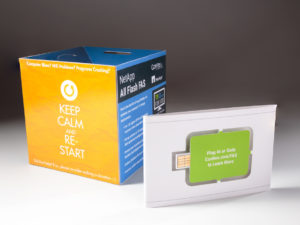
- Prioritize, then execute. Perhaps a complete overhaul of your marketing strategy is in order, or maybe it just needs a fresh pair of eyes. Whatever the case, re-positioning your brand strategy allows businesses to start from scratch and execute on your priorities. How do you want customers to feel when they see your marketing communications? What action should they take after receiving it? These are all great questions to ask yourself and your team (if you’re not doing so already). They’ll encourage you to set clear goals for the year and inspire more detailed, thoughtful game plans to achieve them.
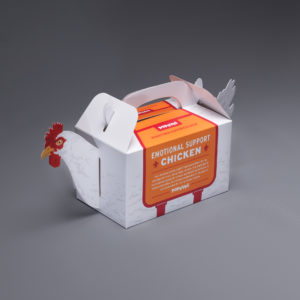
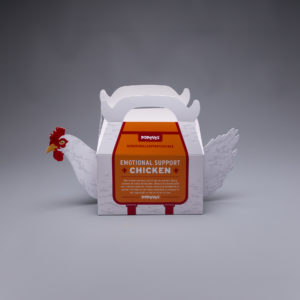
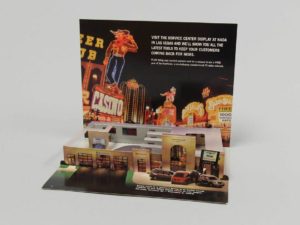 Today’s automotive industry moves fast and furious, so it’s important to showcase your vehicles in new and creative ways. But how do you show change and innovation on paper? You don’t. You show it WITH paper.
Today’s automotive industry moves fast and furious, so it’s important to showcase your vehicles in new and creative ways. But how do you show change and innovation on paper? You don’t. You show it WITH paper.
